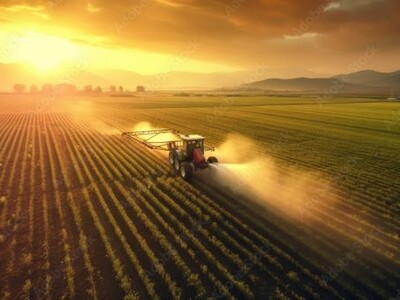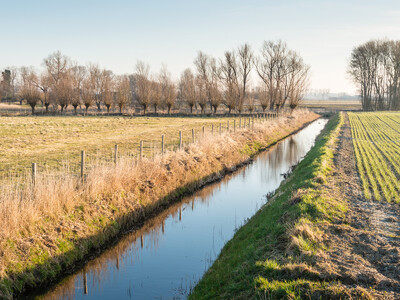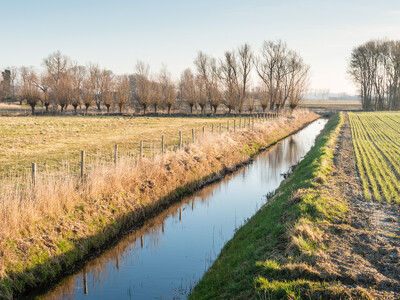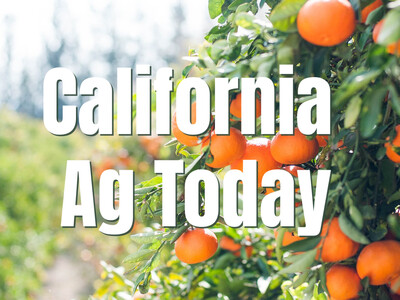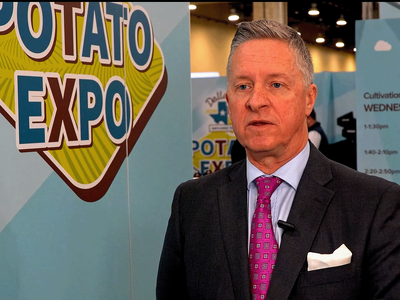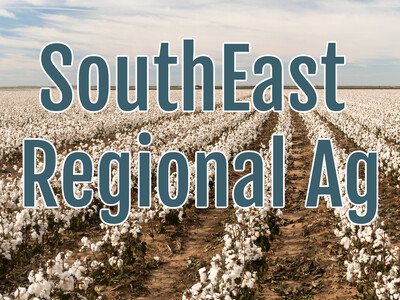Community Scale Renewables
Community Scale Renewables. I’m Greg Martin as Line On Agriculture presents the Harvest Clean Energy Report.
Communities all across the U.S. are exploring the possibilities behind community renewable projects to produce energy. Rhyno Stinchfield, President of GreenWorld Partners talks about the idea.
STINCHFIELD: The whole idea of community renewables which is primarily community wind though you can apply it to other renewable projects is that you can take the ownership of the project and spread it out amongst the landowners, local investors, and then the developer so it’s been active for 7 or 8 years now in the wind industry and it’s gotten a fair amount of traction because it’s just a lot more inviting and a lot more fair in a lot of ways to the local landowners whether it’s several large ranchers that may have land that has good wind on it or in some areas where there’s farmland in the midwest there may be as many as 200 farmers involved in a project.
He explains how this differs from other kinds of projects.
STINCHFIELD: Let’s say you take a group of landowners and they have enough land with good wind on it to develop a wind farm. Typically what you’ll do is you’ll get together and form an LLC then everybody can be part owner. That’s one place that’s quite a bit different than what you typically see as wind development where a developer comes in.
A good deal of the wind developers are international. But he also says you can easily do smaller local projects.
STINCHFIELD: You could do a 100kilowatt machine. To give you an idea that may be enough power for say 10 or 15 homes or a commercial building or a school so you can start off with say a 100kilowatt wind turbine that can offer local power. You can scale that up to a 500 kilowatt wind machine. You can put in a couple of 1.5 megawatt machines so now you have 3 megawatts of power so yeah, definitely scaleable based on what the needs and desires are. Again it might be a school, it be a municipality. And I also like the idea of combining renewable sources, doing wind and solar and biomass. Some places you may have access to micro-hydro.
For additional information on clean energy, visit harvestcleanenergy.org. That’s today’s Line On Agriculture. I’m Greg Martin on the Ag Information Network.???www.harvestcleanenergy.org





